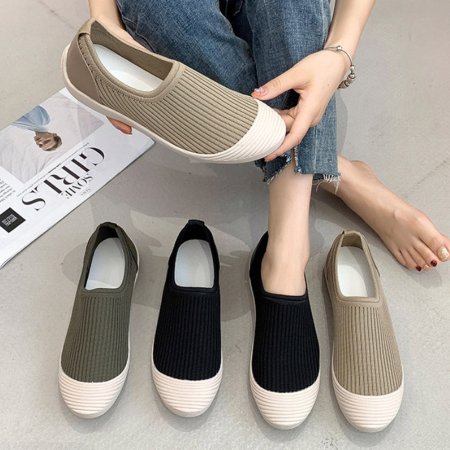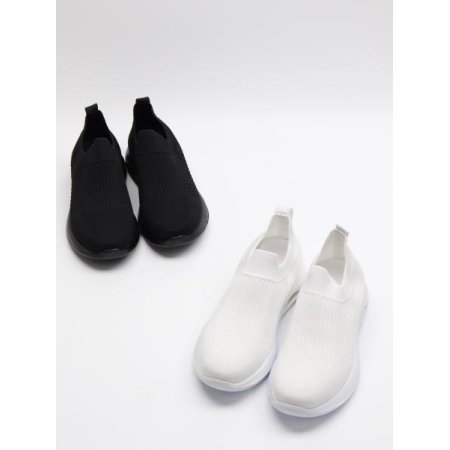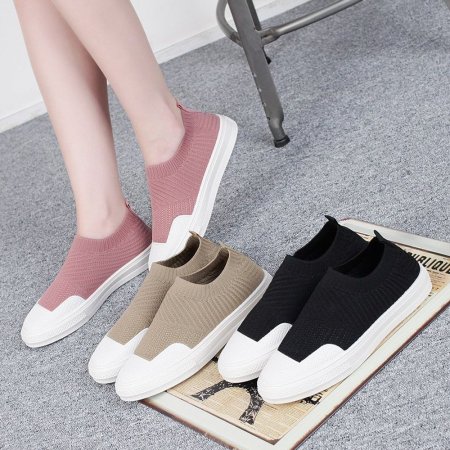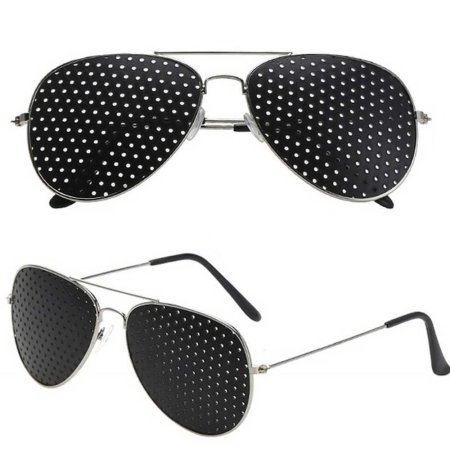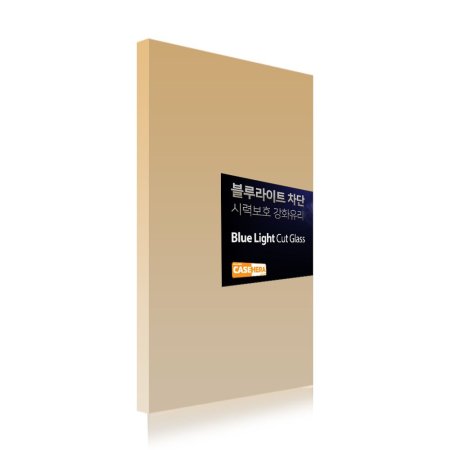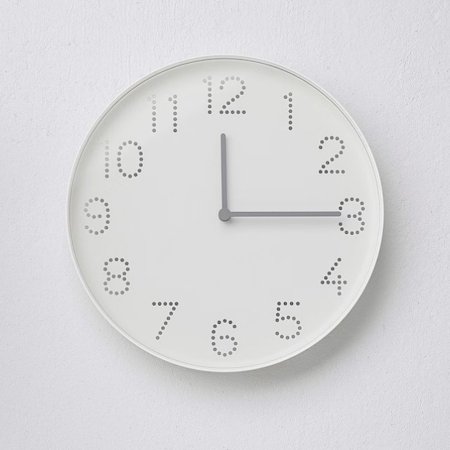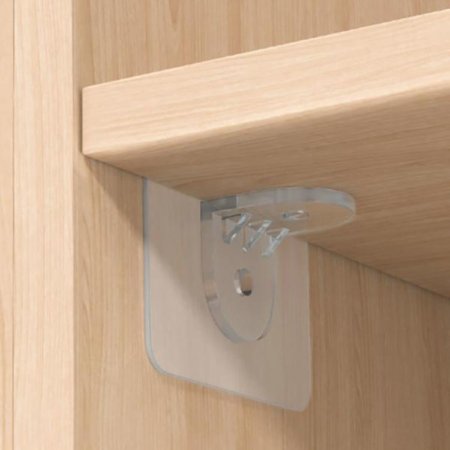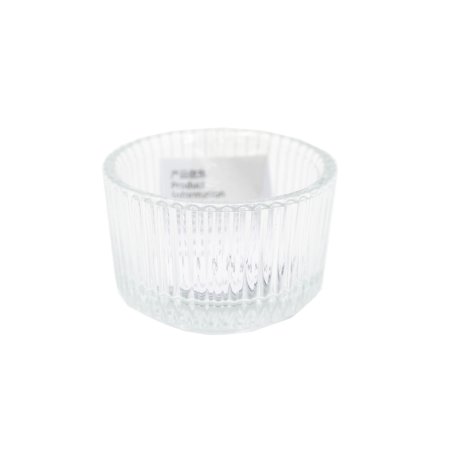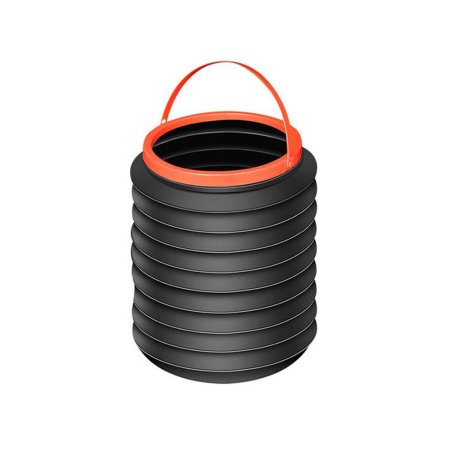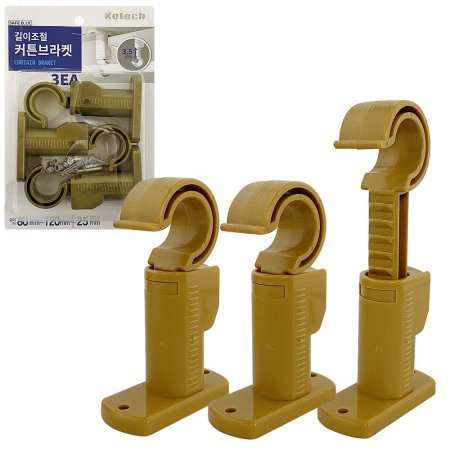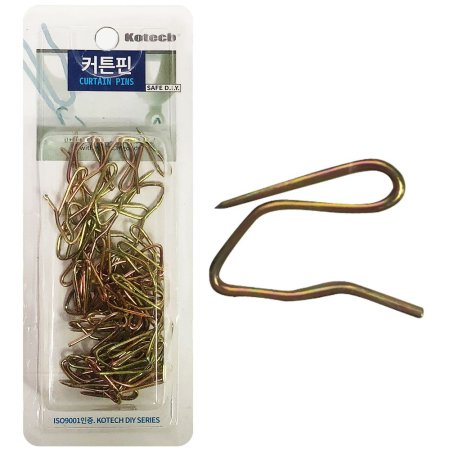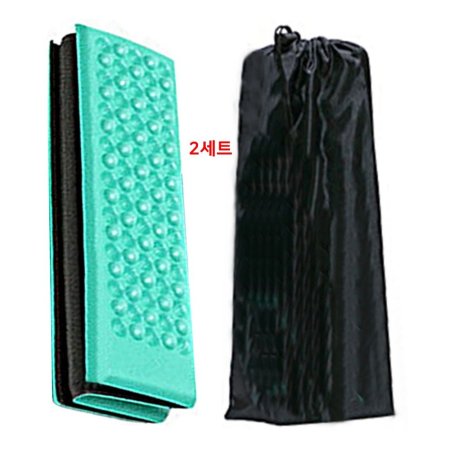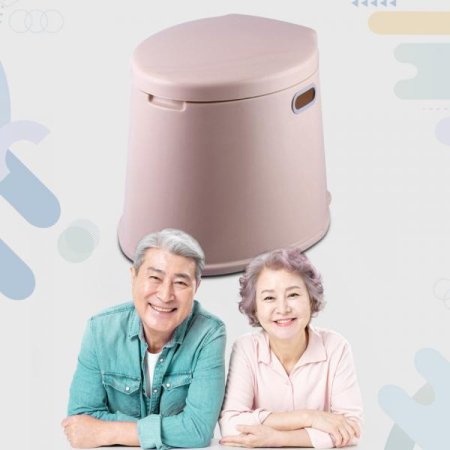[문화재청](국영문 동시배포) 조선의 공주·옹주가 입었던 활옷(혼례복) 등 110여 점 한 자리에

문화재청 국립고궁박물관(관장 직무대리 윤태정)은 9월 15일부터 12월 13일까지 박물관 2층 기획전시실에서 공주, 옹주, 군부인(왕자의 부인) 등 왕실 여성들의 활옷 9점을 포함한 관련 유물 총 110여 점을 선보이는 특별전시 ‘활옷 만개(滿開)-조선왕실 여성 혼례복’을 개최한다.
조선 전기 국가기록물에 홍장삼(紅長衫)으로 기록되었던 활옷은 고유 복식의 전통을 이은 긴 겉옷으로, 치마와 저고리 등 여러 받침옷 위에 착용하는 대표적인 조선왕실의 여성 혼례복이다. 사치를 배격했던 조선시대에 유일하게 화려한 자수, 가장 진한 붉은 빛깔인 대홍(大紅)의 염색, 아름다운 금박 기법 등 많은 노력을 들여 제작했던 만큼 왕실을 넘어 민간 혼례에서도 착용이 허락되었던 옷이기도 하다.
* 대홍 : 8월에 피는 홍화(紅花)로 수십 번의 염색을 통해 얻은 가장 진한 홍색. 진홍(眞紅), 목홍(木紅), 토홍(土紅) 등 다양한 홍색 중 얻는 과정이 까다로운 귀한 색이다.
이번 전시에서는 현존 활옷 가운데 유일하게 착용자가 알려진 ‘복온공주 활옷(1830년, 국립고궁박물관 소장)’ 등 국내에 전하는 활옷 3점과 미국 필드 박물관(Field Museum), 브루클린 박물관(Brooklyn Museum), 클리블랜드 미술관(The Cleveland Museum of Art), 로스앤젤레스 카운티 미술관(Los Angeles County Museum of Art) 활옷을 비롯한 국외소장 활옷 6점 등 조선왕실 활옷의 특징을 잘 간직한 작품들이 대거 나왔다.
* 복온공주(福溫公主) : 1818-1832년, 순조의 둘째딸
특히 로스앤젤레스 카운티 미술관 소장 활옷은 지난해 방탄소년단 RM의 후원을 받아 국외소재문화재재단이 최근 보존처리를 완료한 작품으로, 다시 미국으로 돌려보내기 전 국내에서 최초로 선보이는 자리라서 더욱 뜻깊은 전시가 될 것이다.
전시는 총 2부로 구성된다. 먼저, 1부에서는 ▲ 긴 홍색의 옷, 홍장삼(紅長衫)과 활옷 ▲ 가례(嘉禮), 아름다운 왕실의 혼례 ▲ 공주, 궁을 떠나다 의 3개 세부 주제를 통해 왕실 여성들의 의례복, 혼례복과 그에 관한 왕실 문화를 확인할 수 있다. 특히 왕비, 왕세자빈의 육례(六禮)와 비교하여 간소한 절차로 치렀던 공주, 옹주의 사례(四禮)와 이 중 활옷을 착용했던 동뢰를 각종 문헌과 혼례 물품 등 관련 자료를 통해 소개하였다. 아울러, 유일하게 현존하는 박물관 소장의 대형 왕실 ‘교배석(交拜席)’을 영상으로 선보여 왕실 혼례 핵심 공간을 생생하게 확인할 수 있다. 또한 활옷의 자수 무늬를 비교하며 감상할 수 있도록 국립고궁박물관과 국립중앙박물관, 클리블랜드 미술관 등에서 소장 중인 총 6점의 국내외 활옷과 함께 민간 혼례에서 착용되었던 사진자료 등도 같이 전시된다.
* 육례 : 왕비, 왕세자빈, 왕세손빈의 혼례 절차. 납채-납징-고기-책례-친영-동뢰
* 사례 : 공주, 옹주, 군부인(왕자의 배우자)의 혼례 절차. 육례 중 고기와 책례가 생략됨
* 동뢰 : 조선왕실 혼례의 맨 마지막 절차로 음식(牢, 희생)을 함께 나눔으로써 부부가 된다는 의미
* 교배석 : 동뢰 때 신랑, 신부가 맞절하며 식을 시작하는 교배례(交拜禮)를 위해 설치하는 자리
2부 ▲ ‘여러 손길로 정성스레 만든 활옷’에서는 상의원(尙衣院) 등 관청과 장인을 중심으로 온갖 재료를 조달하고 각 재질이나 작업에 따라 세분화되어 완성되는 활옷의 제작과정과 ‘로스앤젤레스 카운티 미술관 소장 활옷’의 보존처리 과정 등을 살펴본다. 또한 활옷 등에 활용되었던 ‘덕온공주 홍장삼 자수본(1837년)’은 조선 왕실 자수의 섬세함과 우수함을 증명해 주는 유물들로서 완성된 활옷과 견주어 볼 수 있는 기회를 제공한다.
* 덕온공주(德溫公主) : 1822-1844년, 순조의 셋째딸
* 자수본 : 수놓을 도안을 종이에 먹으로 그려 놓은 것. 화원(?員)이 담당하였다.
이외에도 여러 받침옷을 착용한 후 겉옷으로 완성되는 활옷의 차림과정을 비롯하여 활옷 제작 장인의 작업과정을 담은 영상, 활옷 자수를 모티브로 한 미디어 아트 등을 상영하고, 활옷에 사용되는 실, 직물과 같은 기본재료로 활옷 작업 공간을 연출하는 등 평소 접근하기 어려웠던 전통 복식에 대해 쉽게 이해할 수 있도록 다양한 공간을 마련하였다.
또한 적극행정의 일환으로 특별전시 기간 중에는 활옷의 역사, 제작 방법 등에 대해 전문가에게 배울 수 있는 ‘왕실문화 심층탐구 강연’(성인 대상, 9.20, 10.4.~10.25 중 매주 수요일, 총 5회)과 ‘공주의 웨딩드레스 활옷’(초등학교 1~3학년 어린이 대상, 9.22.~12.8. 매주 금요일, 총 9회) 체험교육도 함께 진행된다.
문화재청 국립고궁박물관은 국내외에 소재한 활옷 관련 유물과 다양한 자료들을 확인할 수 있는 이번 특별전을 통해 국민이 조선왕실 여성들의 혼례 문화에 대해 한층 더 깊이 이해할 수 있는 계기가 되기를 기대한다.
SEOUL, September 15, 2023―Blooming Hwarot: Bridal Robes of the Joseon Royal Court, showing at the National Palace Museum of Korea(Acting Director, Yun Taejeong), Cultural Heritage Administration, features bridal robes and the culture associated with the weddings of princesses and the spouses of princes, who ranked right below consorts to the king or the crown prince.
Open from September 15 to December 13, 2023 at the Special Exhibition Hall of the National Palace Museum of Korea, the exhibition displays over 110 objects relating to royal weddings and bridal robes of the Joseon dynasty, including hwarot from overseas museum collections as well as Korean collections.
Hwarot is a long outer garment which was worn as a bridal gown on top of layers of skirts and jackets and its design was derived from traditional Korean costumes. Inscribed in Sinitic as “hongjangsam紅長衫.”in early Joseon state records, hwarot exhibited the most exquisite, labor-intensive craftsmanship, including colorful embroidery, silk dyed in safflower red―the purest red color available at the time―and gorgeous gilt patterns.
It was exceptional both in the way it was worn as well as aesthetically, as despite the Joseon period being known for its restrictions on extravagant clothing, wearing such a bridal robe was permitted even for civilian weddings outside the royal court.
* Hongjangsam (literally, the “long red robe”) is a long, wide-sleeved robe made of red silk and decorated with embroidery and is one of the major traditional garments worn by women. It is referred to in modern literature by its more popular Korean name, hwarot활옷.
* Safflower red (daehong 大紅) is the purest and the deepest red dye that is obtained by immersing the fabric repeatedly, up to tens of times, in safflower dye harvested in August. It is the most difficult shade to acquire out of all the various shades of red, which are extracted either from clay, sappan wood, or safflower.
Featured in the exhibition are three pieces of hwarot in the Korean collection and six from American museums such as Field Museum, Brooklyn Museum, The Cleveland Museum of Art, Los Angeles County Museum of Art. They include the bridal robe (hongjangsam) of Princess Bogon (1830, National Palace Museum of Korea), the only surviving example of a Joseon bridal robe whose wearer has been identified, and others which still preserve the stylistic features of Joseon court-style bridal robes.
* Princess Bogon 福溫 (1818-1832): Second-born daughter of King Sunjo (r. 1800-1834)
The hwarot in the collection of Los Angeles County Museum of Art in particular has recently undergone conservation treatment promoted by the Overseas Korean Cultural Heritage Foundation and generously supported by Mr. Kim Nam-joon―who is better known to us as RM of BTS. The robe will be exhibited in public for three months before its return to the museum in United States.
The first part of the exhibition, “The Long Red Robes: Hongjangsam and Hwarot,” explains the traditions associated with the Joseon bridal robe. The first three sections,“The Splendor of the Royal Wedding”, “The Princess Leaves the Court for her New Home” and “Food-sharing Ritual at Nightfall” introduce the four stages of the wedding ceremony of a princess, which was celebrated as a festive state rite but in a relatively simplified manner as compared with that of a queen or crown princess. Among the exhibits, state records such as the Regulations for the State Wedding (Gukhon jeongnye 國婚定例, 1749) or Transcribed Records of Princess Deogon’s Wedding Ceremony (Deogon Gongju garye deungnok 德溫公主嘉禮謄錄, 1837), and related objects provide a glimpse of the last stage of wedding, the food-sharing ritual (dongnoe 同牢) for which the princess dressed up in hwarot. In addition, a video art featuring a large wedding floormat from the palace―the only surviving example of its kind which is now housed in the National Palace Museum of Korea―enlivened the main room in which the wedding ceremony was held.
*The four-stage wedding ceremony (sarye 四禮) is regulated for a princess or a prince who will not inherit the throne, with identical procedures to the six-stage wedding except for the omission of two stages―the official notification of the auspicious date and the investiture ceremonies.
* The six-stage wedding ceremony (yungnye 六禮) is held for a queen or a crown princess, carried out in the order of betrothal, offering of gifts, notification of the auspicious date, investiture, escort procession, and the food-sharing ritual.
*Regulations for the State Wedding (Gukhon jeongnye國婚定例) is a book on royal wedding ceremonies compiled by Bak Mun-su 朴文秀 (1691-1756), the Minister of Taxation, by the order of King Yeongjo (r. 1724-1776).
* The food-sharing ritual (dongnoe同牢) is the last stage of a Joseon royal family wedding in which the couple shares ritual food and drink so as to become husband and wife.
* The floormat (gyobaeseok 交拜席) was installed for the exchanging of bows (gyobaerye 交拜禮) between the groom and the bride at the beginning of the food-sharing ritual.
In the following sections, “Hwarot, Aesthetics and their Significance” and “A Privilege Granted to All” thedecorative components and social significance of hwarot are highlighted: how the traditional long robe for women evolved into the most exquisite bridal robe dyed with the most precious, courtly safflower red, embroidered and gilded with diverse patterns bestowing blessings on the newly wed. Six pieces of hwarot from Korean and overseas collections were accumulated especially in this section to allow the audiences to comprehensively observe, compare and appreciate the beautiful patterns embroidered on different robes. Exhibits of modern black-and-white photographs also show how the robes were worn at civilian weddings.
Part 2 focuses on the technical aspects of tailoring and repairing hwarot. In “Created by the Elaborate Hands of Many,”the production process involved various craftsmen, the Royal Clothing Office (Sanguiwon尙衣院), and other government organizations, who supplied materials and divided work according to the materials being handled or the skills required for the process. In “A Revitalized Splendor,” the conservation process of a hwarotfrom Los Angeles County Museum of Art is presented. Court embroidery designs for hwarot including those for the bridal robe of Princess Deogon, dated 1837, show case the elaborate skills and quality of Joseon court embroidery, which can be evidenced alongside in the complete pieces on bridal robes displayed in the gallery.
In addition, videos are played inside the gallery to help visitors understand the ostensibly complicated tradition of Korean costumes: a video art with embroidery motifs, scenes of surviving master craftsmen working, as well as a demonstration of the different layers of the bridal gown and the order they were put on. There is also a reconstruction of a tailoring room for hwarot, which displays basic production materials such as threads and weaves, and in which the works of weavers, embroiderers, dyers, and gilders can be observed.
* Princess Deogon 德溫 (1822-1844): Third-born daughter of King Sunjo
Not only special lectures for adults but also children’s experience programs are also running during the exhibition period. Lectures will respectively provide adults with an insight on royal court dresses and the history of hwarot, First- to third-grade students and their parents with hands-on experience of the gilding techniques for a Joseon princess’ wedding dress. In addition young students will be assisted with a few methods like online exhibition tour, guide and activity sheets. These exhibition-associated programs, which are promoted in line with the proactive public administration to increase the public understanding of Joseon royal culture, are expected to contribute to expanding the visitors’ consensus on history, aesthetics, historical significance, and the production methods of the traditional bridal robes.
< 홍보물 >
[자료제공 :











